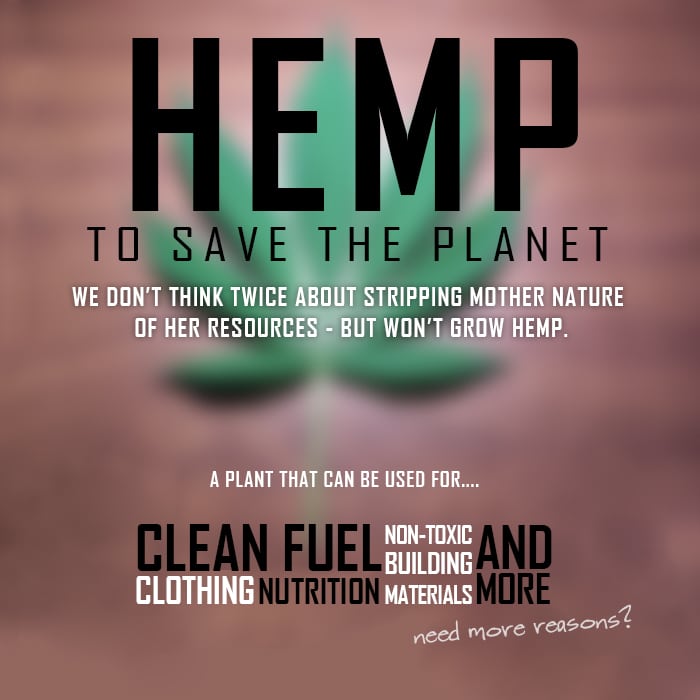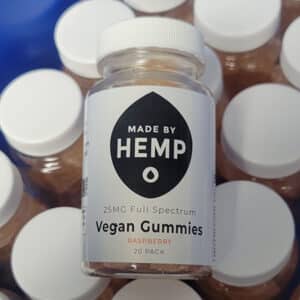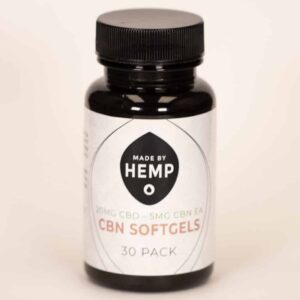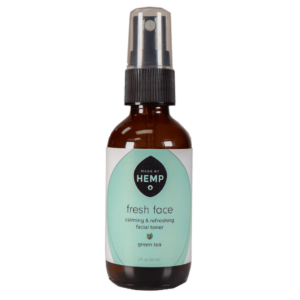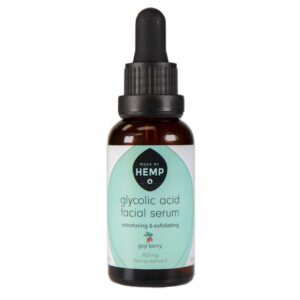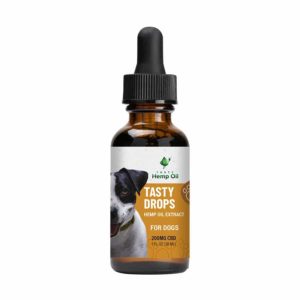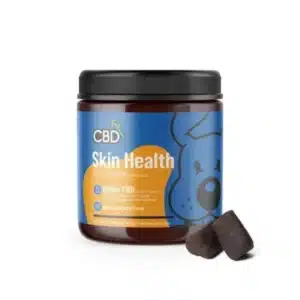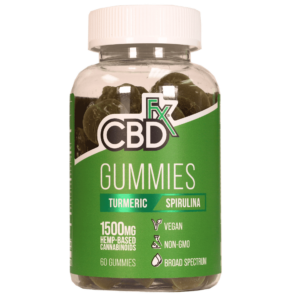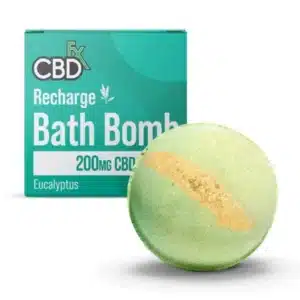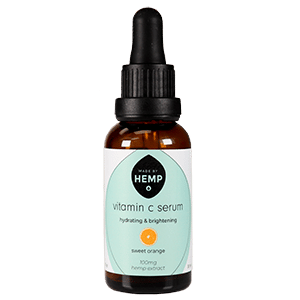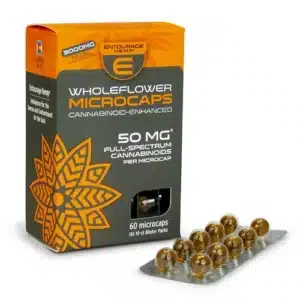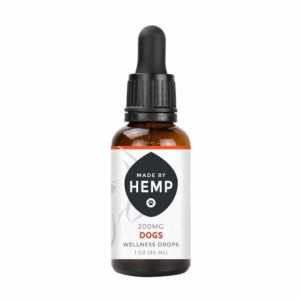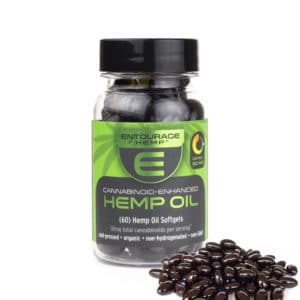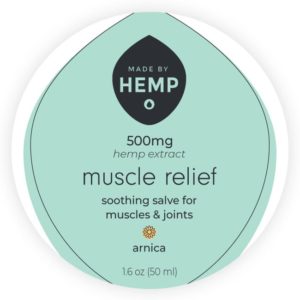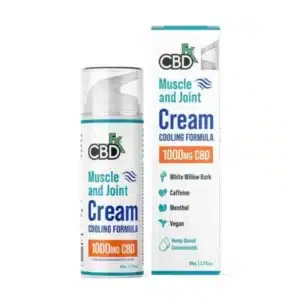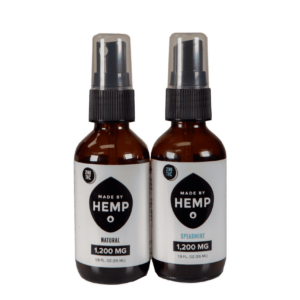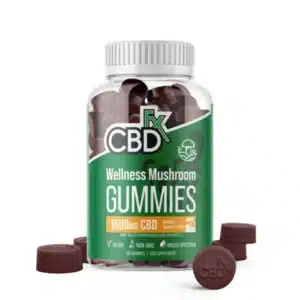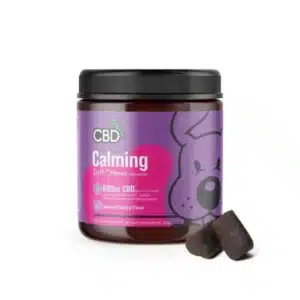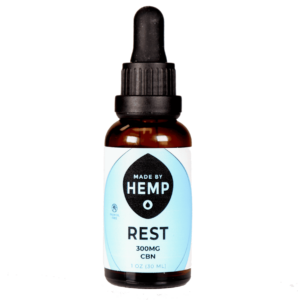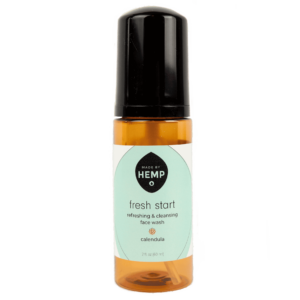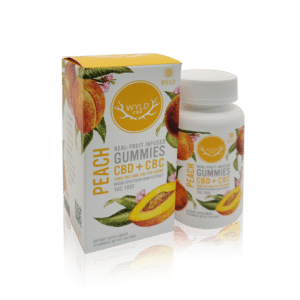Did you know: hemp was grouped together with marijuana and tossed right into the list of controlled substances in 1937?
Silly, I know. Hemp doesn’t cause any psychoactive effects — it’s only crime? Looking similar to marijuana.
Fast forward 79 years later; someone is finally taking the necessary legal step to make a change. This step comes in the form of a petition to the DEA filed by the HIA (Hemp Industries Association) and the Kentucky Hemp Council.
Let’s be clear. Hemp products -like food, supplements, and beverages- are already legally sold throughout the country. However, these products are only possible through the use of imported industrial hemp (except in states with relaxed state cannabis laws, but those products can’t leave state lines). They can still be a great quality and benefit many people, but they’re a bit pricey due to the hefty importation fees companies must pay. (2019 Update: The passing of the 2018 Farm Bill has clearly separated hemp from marijuana and legalized it in the U.S.)
The hemp food industry’s 2015 sales in the U.S. reached $90 million, according to the Hemp Industries Association. Imagine how much it would impact our planet and people if hemp was removed from the controlled substances list and we could start growing it domestically?
Here are just a few that top my list:
- Thousands of new jobs!
- More tax money to improve schools, roads, etc.
- Cheap building material (hempcrete – a sturdy concrete-like material made from hemp, lime, and water) that can be used to build houses. Hempcrete is pest, heat, and mold resistant, durable, non-toxic, and most incredibly…it removes carbon dioxide from the air while omitting clean oxygen.
- Hemp is naturally pest and mold resistant, so it can be grown without the use of any chemicals or pesticides. Oh, and it cleans the soil. And removes CO2 from the planet while releasing clean oxygen.
- Adding hemp oil from the seeds, stalks or other parts into our food can drastically increase the nutritional value. Hemp oil is full of protein, vitamins, minerals, and essential fatty acids (like omega-3, 6 and 9).
- Hemp can be used to make fuel that does not pollute the air, which was Henry Ford’s initial vision.
Hemp grows fast and needs almost no attention. Guess what that means? Paper made from hemp plants (like it used to be). We use about 200 million tons of wood products each year, according to Hemphasis. That’s 1 billion trees cut down and 120 billion tons of CO2 released into the air. Paper companies also dump chlorine into our waters because they must bleach the paper to turn it white, which releases carcinogen dioxin – a HUGE toxic substance that is believed to cause a slew of serious issues in our bodies.
I could continue with those numbers, but you get the idea. Now let’s look at a world where we go back to using hemp for paper. What does this world look like?
- No chlorine polluted waters because it’s not needed to whiten hemp. Instead, it can be whitened with hydrogen peroxide.
- The quality of the paper is much more durable. It doesn’t turn yellow with age, which is why you can find so many handwritten preserved from the past – they used hemp.
- 1 acre of hemp produces as much paper as 4 acres of trees, according to a 1916 USDA report.
- While the hemp hurds are used for making paper, extra parts like the fibers can be used to make millions of other products. That’s more money and potential for farmers.
Sources
Hemphasis. Can hemp replace trees as a major source for paper?
The HIA. HIA Deschedule Petition.

